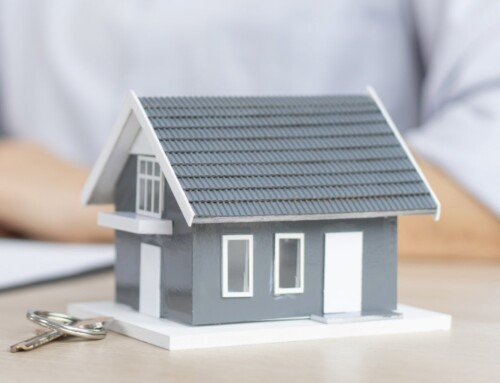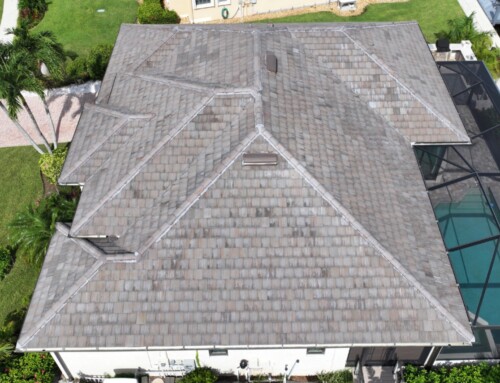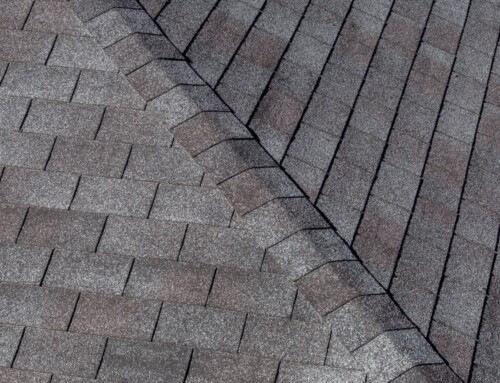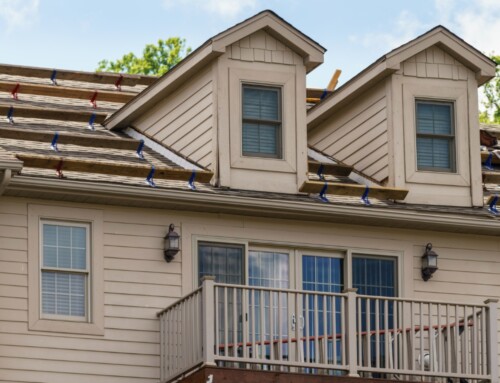Your home’s roof plays a crucial role in its energy performance.
A well-designed, energy-efficient roof can significantly reduce your heating and cooling costs.
But how do you know if your roof is energy-efficient? And if not, how can you upgrade it to improve your home’s energy performance?
In this article, we’ll explore the benefits of energy-efficient roofing. We’ll guide you through selecting the right materials and hiring professional roofing contractors for your roof upgrade.
Whether you’re considering a roof repair, roof replacement, or a complete upgrade, this guide will provide you with valuable insights.
The Importance of Energy-Efficient Roofing
Energy-efficient roofing is more than just a trend. It’s a practical solution to a common problem: high energy bills.
A significant portion of a home’s energy is lost through the roof. This is especially true in homes with poorly insulated or outdated roofing systems.
By upgrading to an energy-efficient roof, you can significantly reduce this energy loss. This leads to lower heating and cooling costs, making your home more economical to run.
Energy-efficient roofing can also improve the comfort of your home. It helps maintain a consistent indoor temperature, reducing the need for constant heating or cooling.
Lastly, energy-efficient roofing is a step towards a more sustainable future. It reduces your home’s carbon footprint, contributing to global efforts to combat climate change.
What Makes a Roof Energy-Efficient?
Energy-efficient roofs are designed to reflect more sunlight and absorb less heat than standard roofs.
They are typically made of materials that have high solar reflectance and thermal emittance. These properties help keep your home cooler in the summer and warmer in the winter.
Key features of energy-efficient roofs include:
- Reflective roofing materials that deflect sunlight and heat away from the home
- Proper insulation to prevent heat loss during winter and keep homes cooler in summer
- Good ventilation to maintain a comfortable indoor temperature and prevent moisture buildup
By understanding these features, you can make informed decisions when upgrading your roof. This will ensure you get the most out of your investment in energy-efficient roofing.
Key Benefits of Upgrading to an Energy-Efficient Roof
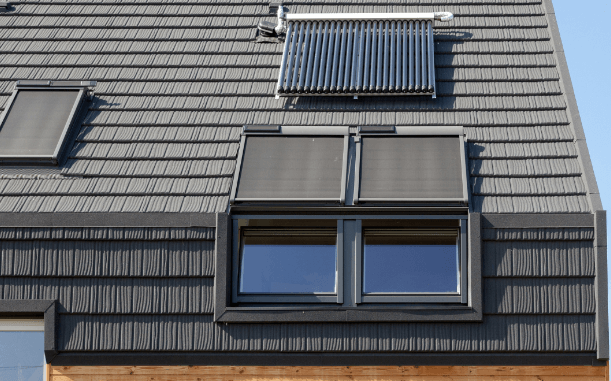
Upgrading to an energy-efficient roof offers several benefits.
Firstly, it can significantly reduce your energy bills. This is because energy-efficient roofs are designed to minimize heat transfer, reducing the need for heating and cooling.
Secondly, an energy-efficient roof can enhance the comfort of your home. It helps maintain a consistent indoor temperature, reducing the need for constant heating or cooling.
Lastly, energy-efficient roofing is a step towards a more sustainable future. It reduces your home’s carbon footprint, contributing to global efforts to combat climate change.
Reduced Energy Bills
Energy-efficient roofing can lead to substantial savings on your energy bills.
By minimizing heat transfer, these roofs reduce the need for heating and cooling. This can result in significant cost savings over time.
The long-term savings from energy-efficient roofing can outweigh the initial investment.
Enhanced Home Comfort
An energy-efficient roof can also enhance the comfort of your home.
By maintaining a consistent indoor temperature, these roofs can make your home more comfortable to live in.
This is particularly beneficial in areas with extreme weather conditions, where maintaining a comfortable indoor temperature can be challenging.
Environmental Impact
Finally, energy-efficient roofing can help reduce your home’s carbon footprint.
By reducing the need for heating and cooling, these roofs can significantly reduce your home’s energy consumption.
This not only saves you money but also contributes to global efforts to combat climate change.
Choosing the Right Materials for Your Energy-Efficient Roof

Choosing the right materials is crucial for an energy-efficient roof.
There are various materials available, such as metal, tile, and asphalt shingles with reflective coatings.
The choice of material can depend on several factors, including your local climate, the slope of your roof, and your budget.
A professional roofing company can assess your current roof and recommend the best energy-efficient options.
Reflective Materials and Coatings
Reflective materials and coatings can significantly improve the energy efficiency of your roof.
These materials are designed to reflect sunlight and heat away from your home, reducing the need for cooling.
The color of the roofing material can also affect its energy efficiency, with lighter colors typically being more reflective.
Insulation and Ventilation Considerations
Proper insulation and ventilation are key to maintaining the energy efficiency of your roof.
Properly insulated roofs can prevent heat loss during winter and keep homes cooler in summer.
On the other hand, adequate ventilation can prevent moisture buildup, which can compromise the insulation and lead to other issues.
Selecting a Roofing Contractor for Your Energy-Efficient Upgrade
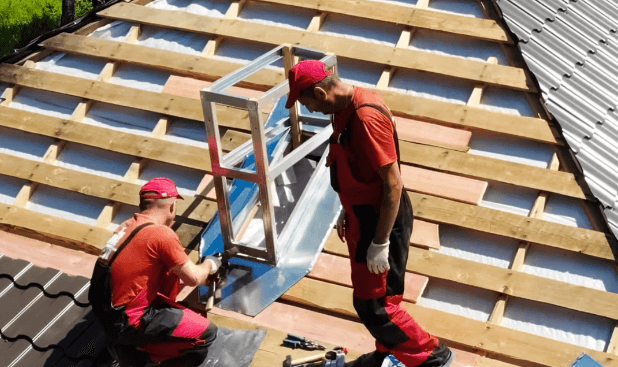
Choosing the right roofing contractor is as important as selecting the right materials.
You want to ensure that the contractor has experience with energy-efficient roofing projects.
It’s also important to choose a contractor who can provide a detailed estimate of the costs and potential energy savings of a roof upgrade.
Licensing, Insurance, and Experience
Ensure that your chosen roofing contractor is licensed and insured.
They should also have a proven track record of installing energy-efficient roofs.
Don’t hesitate to ask for references or case studies of previous projects.
Evaluating Costs and Savings
The cost of a roof upgrade can vary depending on the materials used and the size of the roof.
However, the long-term savings from energy-efficient roofing can outweigh the initial investment.
A professional roofing contractor can provide a detailed estimate of the costs and potential energy savings of a roof upgrade.
Maintaining Your Energy-Efficient Roof
Once your energy-efficient roof is installed, it’s important to maintain it properly. Regular inspections and repairs are key to sustaining its energy efficiency over time.
Remember, a well-maintained roof can last longer and provide consistent energy savings.
Regular Inspections and Repairs
Roof repair services can address issues that compromise the energy efficiency of a roof. It’s recommended to have your roof inspected at least once a year, or after severe weather events.
Prompt repairs can prevent minor issues from escalating into major problems.
Long-Term Considerations
Consider the lifespan of your roofing materials and their impact on long-term energy savings.
The durability of energy-efficient roofing materials means less frequent need for repairs or replacement.
Remember, the benefits of a roof upgrade extend beyond energy savings to include improved home aesthetics and comfort.
Conclusion and Call-to-Action
Upgrading to an energy-efficient roof is a smart investment for homeowners. It offers significant savings, improved comfort, and environmental benefits.
Don’t wait. Contact Ridge Valley Exteriors today and start your journey toward a more energy-efficient home.
